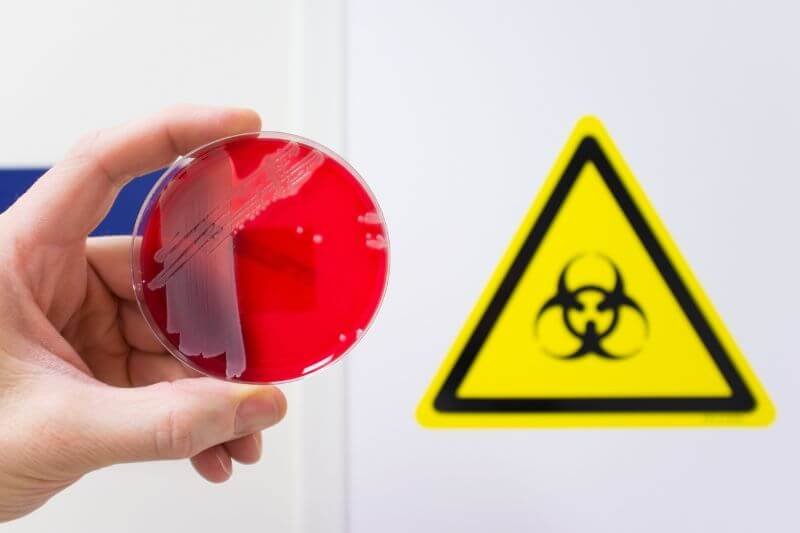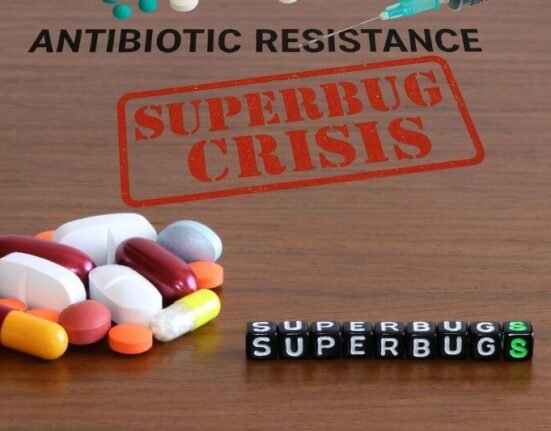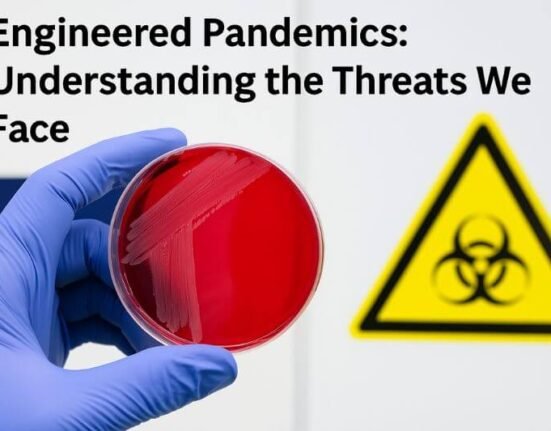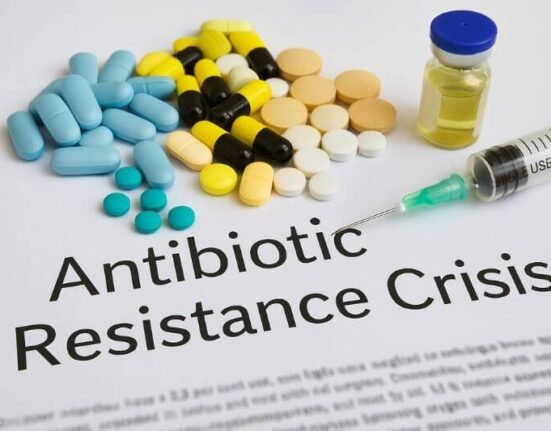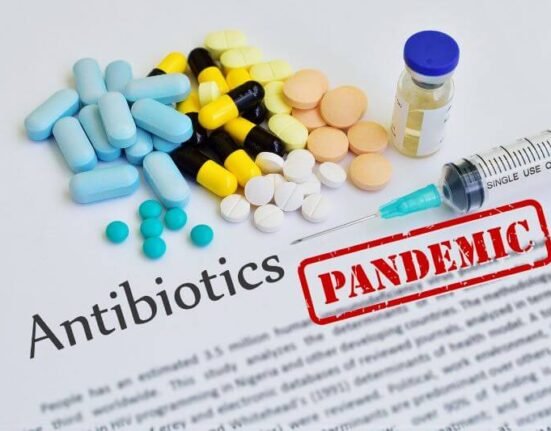A Threat Engineered in Silence
As the world continues to grapple with the long-term consequences of COVID-19, an unsettling question lingers just beneath the surface of global discourse: what if the next pandemic is not a natural occurrence, but a product of human engineering? Increasingly, virologists, bioethicists, and national security analysts are turning their attention to lab-made pathogens—microorganisms enhanced or created through scientific manipulation that could pose existential risks to humanity.
At the heart of this concern is gain-of-function research, a controversial scientific practice that involves altering pathogens to increase their transmissibility, virulence, or host range. Advocates claim this research helps us prepare for pandemics. Critics warn it may be the very thing that causes them.
This article dives deep into the world of synthetic biology, explores the true risks behind engineered viruses, and provides survival strategies for facing potential biological weapon threats and laboratory-origin pandemics.
What Are Lab-Made Pathogens?
Lab-made pathogens are viruses, bacteria, or other microorganisms that have been altered in a laboratory setting, typically using genetic engineering. These alterations can include:
- Increasing transmissibility (how easily the pathogen spreads)
- Enhancing virulence (severity of disease)
- Broadening the host range (infecting new species)
- Adding drug resistance
Such research is often performed under the banner of gain-of-function (GoF), which seeks to anticipate future viral mutations by creating them preemptively. The goal? Understand how viruses evolve so we can develop vaccines and countermeasures in advance.
But the risks of this approach are immense—especially when such experiments are conducted with pathogens that have no known cure or vaccine.
Gain-of-Function Research: Science or Russian Roulette?
Gain-of-function risks have been debated fiercely within the scientific community for years. Proponents argue that studying potential mutations in controlled lab environments helps researchers stay ahead of naturally evolving diseases.
However, detractors warn that these experiments could inadvertently create biological weapon threats or cause accidental outbreaks. The line between prevention and provocation is dangerously thin.
In 2014, the U.S. government issued a moratorium on federally funded GoF research involving influenza, SARS, and MERS due to safety concerns. That moratorium was lifted in 2017 with new oversight guidelines—but critics argue that self-regulation in such high-stakes science is inadequate.
A 2021 report by the U.S. National Institutes of Health (NIH) revealed that even experiments conducted under so-called “low-risk” designations had resulted in unintended viral replication enhancements. Simply put: scientists didn’t always know what they were creating until it was too late.
Real-World Examples of Lab Accidents
The fear of synthetic virus leaks is not just theoretical. There are well-documented cases of laboratory-acquired infections around the world:
- 2004, Beijing: Two lab workers became infected with SARS-CoV due to improper biosafety procedures at the National Institute of Virology. One patient spread the virus to others outside the facility.
- 1977, USSR or China (origin debated): A re-emergence of the H1N1 flu virus appeared, genetically identical to a 1950s strain, suggesting accidental release from a lab or vaccine trial.
- 2007, UK: Foot-and-mouth disease virus leaked from a government lab through a broken pipe, infecting local livestock.
These incidents serve as stark reminders that even high-containment biosafety labs (BSL-3 and BSL-4) are not failproof.
Could the Next Pandemic Be Engineered?
While the exact origins of COVID-19 remain under investigation, the possibility of a lab leak is no longer dismissed as a conspiracy theory. Even major institutions like the WHO and U.S. intelligence agencies acknowledge that the lab-origin hypothesis remains plausible.
If SARS-CoV-2 did escape from a lab, either through direct experimentation or sample mishandling, it would represent the most devastating example yet of a lab-made pathogen gone global.
This raises an urgent question: are we ready for the next one?
The Biological Weapon Threat: A Nightmare Within Reach
Beyond accidental releases, there exists a darker possibility: intentional development of lab-made pathogens as weapons.
With the rise of CRISPR, synthetic biology, and cheap DNA synthesis, the barrier to entry for bioweapons is lower than ever. Rogue states, terrorist groups, or even rogue scientists could potentially design pathogens that target specific populations or evade immune responses entirely.
This “democratization of bioterrorism” has led many experts to label biological weapon threats as one of the greatest dangers of the 21st century.
A 2021 report by the U.S. National Academy of Sciences warned that future pandemics could emerge not from nature—but from the tools of human innovation misused or mismanaged.
Survival Strategies for Lab-Created Biohazards
Preparing for lab-made pathogens requires a different mindset than traditional pandemic preparedness. Here’s how survivalists can adapt:
1. Focus on Biosecurity Literacy
Understanding how pathogens behave is the first step. Study:
- Viral transmission methods (airborne, surface, droplet)
- Incubation periods and asymptomatic spread
- Mutation behavior and zoonotic potential
Stay updated with credible biosecurity news sources and academic journals.
2. Build a Bioproof Shelter Space
Every household should designate a “clean zone” to isolate and protect against airborne pathogens. Minimum equipment:
- HEPA filtration systems
- Airtight window and door sealing kits
- UV-C sanitation lights (for surfaces and ventilation)
- Full-body Tyvek suits and nitrile gloves
- High-grade masks (N95 or P100)
This space can be used during community outbreaks or if a family member shows symptoms.
3. Stockpile Medical and Protective Supplies
For synthetic virus leaks or novel outbreaks, access to basic medical gear will be critical:
- Antiviral medication (where legal and available)
- Antibiotics for secondary infections
- Nebulizers and oxygen support
- Electrolytes, rehydration salts
- Vitamins and immune support (zinc, C, D3)
Don’t forget rapid tests, if available, and personal health monitoring tools.
4. Prepare for Quarantine and Isolation
If a lab-made pathogen escapes and authorities enact containment zones, you may be locked down for weeks.
Prepare:
- 30–60 days of food and water
- Off-grid energy (solar, gas, generator)
- Communication backups (shortwave radios)
- Waste management systems (portable toilets, sanitation supplies)
- Mental health resources (books, games, routines)
5. Train for Medical Self-Sufficiency
Hospitals may become overwhelmed or off-limits. Learn:
- Symptom management
- Emergency wound care
- DIY IV fluids
- Fever and respiratory distress protocols
- Decontamination procedures
Consider online courses in basic virology and emergency medicine.
Reducing Your Exposure in the Modern World
In a world where lab-made pathogens could emerge at any moment, lifestyle adjustments can reduce your vulnerability:
- Avoid dense urban centers during outbreaks
- Reduce dependence on public transport
- Work remotely if possible
- Limit unnecessary exposure during flu season or unknown viral events
- Wear masks in crowded indoor settings as a precaution
Global Systems Are Not Ready
The COVID-19 pandemic exposed critical failures in global disease surveillance, data transparency, and supply chain coordination.
Now imagine facing a synthetic virus engineered to spread silently, resist treatments, and overwhelm systems faster than anything we’ve seen before.
Governments have limited incentive to invest in biopreparedness. Pharmaceutical companies focus on profitable drugs, not rare pathogen countermeasures. That leaves individuals and local communities as the first and last lines of defense.
The Ethics We Can’t Ignore
As survivalists, it’s easy to focus on tactics. But we must also ask: should this research be allowed to continue unchecked?
Science has given us extraordinary tools—but not the wisdom to regulate them.
A global moratorium on certain types of gain-of-function research may be necessary. At the very least, international oversight, public transparency, and accountability must be demanded.
Until then, the risk of lab-made pathogens looms large—and the responsibility to survive them falls on those willing to prepare.
The Invisible Enemy We Created
Unlike natural disasters or wars, a lab-made pathogen may arrive without a sound—just a cough, a fever, a virus slipping out through an airlock, a test tube, or a careless click on a lab computer.
It will spread fast. And it may be designed to defy everything we know about fighting infection.
Preparing for such a threat doesn’t require paranoia—it demands foresight, adaptability, and the courage to face truths many choose to ignore.
In a world where humans can engineer extinction, survival becomes a choice.









